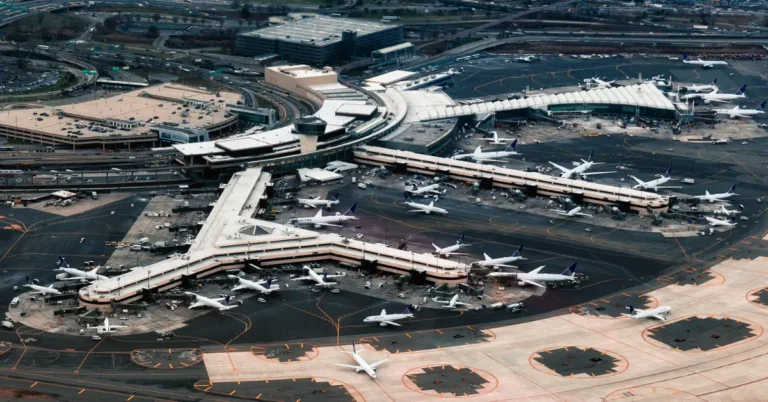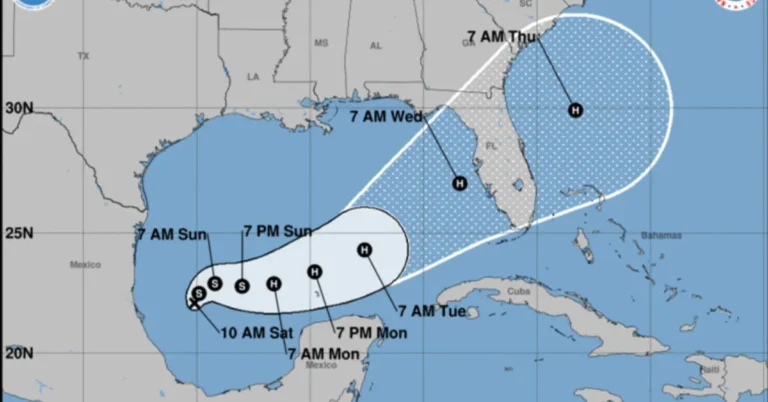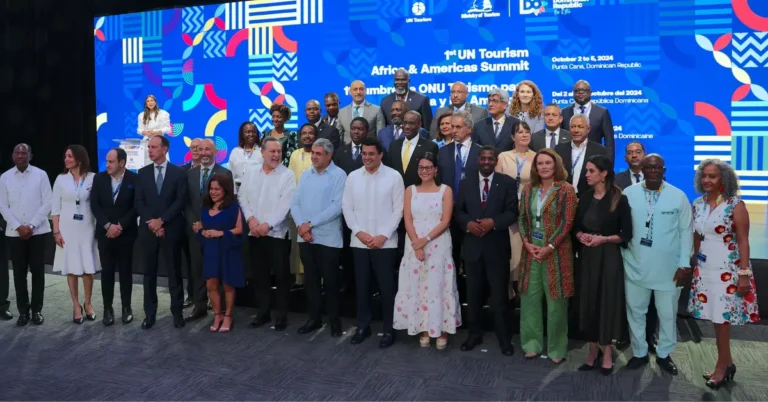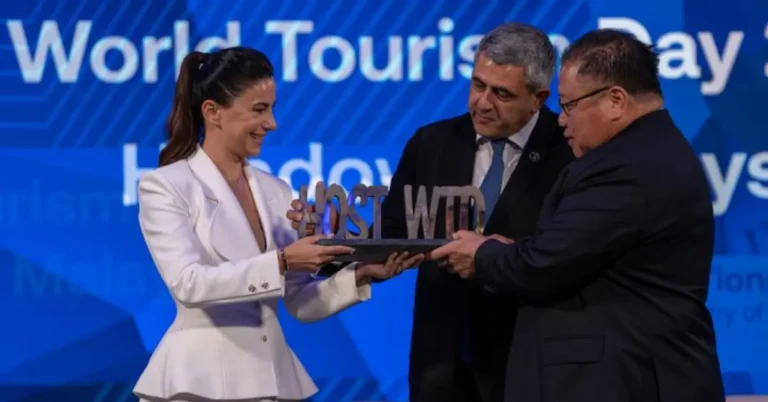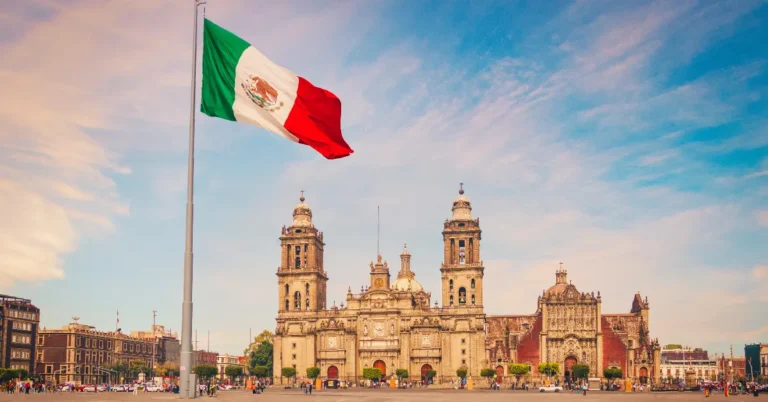A tourist's act of vandalism at Pompeii has sparked outrage, underscoring the fragility of historical sites and the urgent need for responsible tourism.
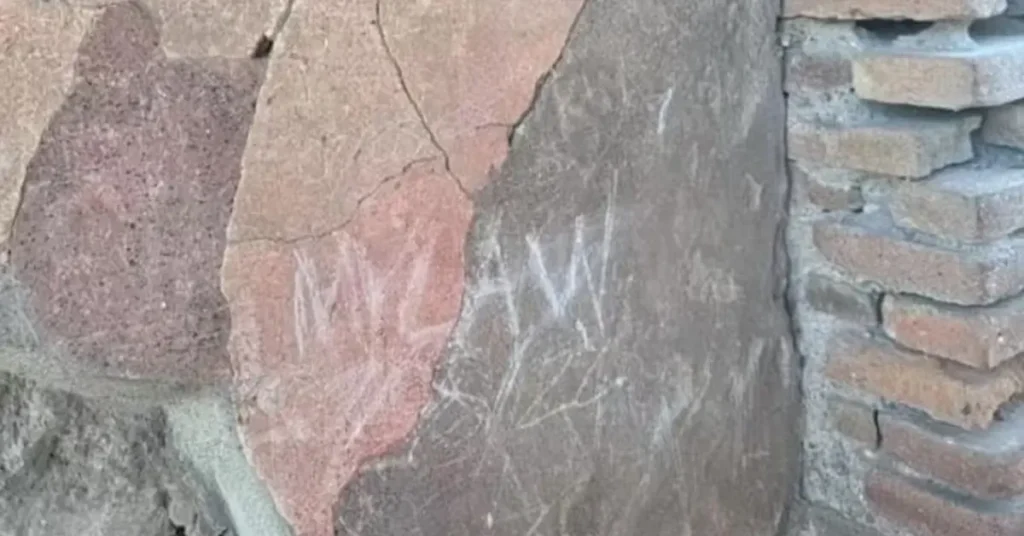
Sunlight bathes the ancient stones of Pompeii, casting long shadows across its remarkably preserved streets.
A hush falls over the ruins, interrupted only by the whispers of the wind and the quiet footsteps of awestruck visitors.
Here, in this city frozen in time by the eruption of Mount Vesuvius nearly two millennia ago, one can almost hear the echoes of everyday Roman life.
Vivid frescoes adorn walls, intricate mosaics grace floors, and the skeletal remains of its inhabitants serve as a poignant reminder of the city’s tragic fate.
Pompeii is not just an archaeological site; it is a living, breathing testament to the human spirit, a treasure trove of history, a window into the past that we must protect at all costs.
The Incident: A Closer Look
Yet, this sacred space was recently violated.
A tourist, driven by an impulse that defies comprehension, carved their initials into a 2,000-year-old wall.
The act, captured on video and shared widely on social media, has ignited outrage and disbelief across the globe.
The damage, though not extensive, cuts far deeper than the surface of the ancient stone. It is a scar on time, a blatant disregard for our shared human heritage.
Gabriel Zuchtriegel, director of the Archaeological Park of Pompeii, expressed his profound dismay, stating, “This is not just damage to a wall; it is a wound inflicted upon the memory of this place and its people. We must all be guardians of Pompeii, not its destroyers.” The tourist, whose identity remains undisclosed, now faces potential legal consequences for their actions.
The specific details of the incident are disheartening.
The initials, crudely etched into the plaster of a house on the Via dell’Abbondanza, stand as a stark reminder of human arrogance and ignorance.
It’s a chilling reminder that even in the face of such awe-inspiring history, some individuals prioritize their own fleeting moment of recognition over the preservation of something far greater than themselves.
Also Read: Why Americans Don’t Travel (Much): Debunking the Myths and Embracing the Wanderlust

Pompeii: A City Frozen in Time
Pompeii’s unique preservation offers an unparalleled glimpse into the daily lives of ancient Romans.
Walking its streets, one can almost imagine the bustling marketplace, the laughter echoing from the thermal baths, and the chariots rumbling along the cobblestone roads.
Each artifact, each fresco, each skeletal remain whispers a story. To deface any part of Pompeii is to silence those stories, to erase a piece of the past that can never be recovered.
Also Read: 160 Tiny Travelers Rescued: Chennai Airport Foils Star Tortoise Smuggling Ring

The Ripple Effect of Vandalism
Sadly, the incident at Pompeii is not an isolated one. Historical sites around the world face a constant barrage of vandalism, from graffiti and theft to deliberate destruction.
The motivations behind these acts vary. Some are driven by ignorance, a lack of understanding of the historical significance of these sites.
Others act out of a sense of entitlement, believing they have the right to leave their mark on history. And for some, it’s simply a quest for notoriety in the age of social media.
But the consequences of vandalism are far-reaching. Beyond the physical damage, these acts erode our collective memory, severing our connection to the past.
They deprive future generations of the opportunity to experience these sites in their full glory.
And they send a message that history is disposable, that the stories of those who came before us are unimportant.
Also Read: Elephant Tramples Tourist on Safari: A Grim Reminder of Wildlife’s Power

A Call for Change: Responsible Tourism
The solution lies in responsible tourism. It’s about more than just following the rules and not touching the artifacts.
It’s about approaching these sites with humility, respect, and a genuine desire to learn.
It’s about recognizing that we are merely temporary custodians of these treasures, entrusted with their preservation for future generations.
So, what can we do as travelers to ensure we are part of the solution?
1. Do your research
Before visiting a historical site, take the time to learn about its history and significance.
This will deepen your appreciation and understanding.
If you’re planning a trip to Pompeii or another historically significant destination, consider booking a guided tour through a reputable company like Viator or Get Your Guide to gain deeper insights into the site’s history and importance.
2. Follow the rules
Respect any restrictions or guidelines put in place to protect the site.
3. Leave no trace
Take only photographs and memories, leave only footprints.
4. Be mindful of your actions
Avoid touching or leaning on ancient structures, and never deface or remove anything from the site.
5. Educate others
Share your knowledge and passion for historical preservation with friends, family, and fellow travelers. Encourage them to be responsible tourists as well.
Education plays a crucial role in fostering responsible tourism. By teaching people about the value of historical sites and the consequences of vandalism, we can cultivate a culture of respect and appreciation for our shared heritage.
Also Read: “I Just Wanted Pizza!” Shocked Passenger Films Violent Carnival Cruise Fight

Preserving Our Past: A Shared Responsibility
The defacement of Pompeii is a stark reminder of the fragility of our historical treasures and the urgent need for responsible tourism.
It is a call to action for all of us to be guardians of the past, to protect these irreplaceable sites for future generations.
Let us not allow the actions of a few to overshadow the beauty and wonder of Pompeii.
Let us instead use this incident as a catalyst for change, a reminder that we all have a role to play in preserving the stories of our ancestors.
As travelers, we have the power to make a positive impact. By choosing to travel responsibly, we can ensure that these magnificent sites continue to inspire and educate for generations to come.

